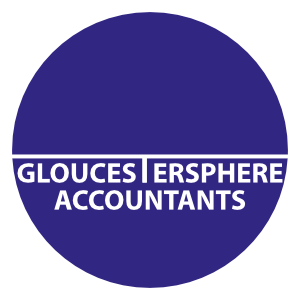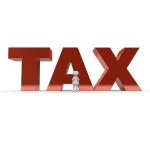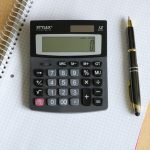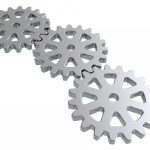Capital allowances are a way of obtaining tax relief on some types of capital expenditure.
What is capital expenditure?
Expenses you incur in your business can either be capital or revenue (trading) expenditure. If an item will have a lasting benefit for the business (usually over one year) it will be capital expenditure.
These includes items such as cars, vans, furniture and equipment and some additions to property.
You cannot claim capital allowances on the cost of a building, land or property. You will get tax relief on the purchase of the asset when it is sold.
How do I claim capital allowances?
You claim capital allowances on your or your company’s tax return.
Can I claim any capital allowances on a building?
You can claim capital allowances on integral features for example electrical systems, heating or ventilation systems, cold water systems etc.
What rates of capital allowances can I claim?
The normal rate is a written down allowance of 18% per year. There is also a special pool allowance of 6% for certain assets.
Businesses can claim 100% tax relief on most assets under the Annual Investment Allowance (AIA).
What is the annual Investment Allowance (AIA)?
The Annual Investment Allowance (AIA) provides 100% tax relief on assets qualifying as plant and machinery, subject to an annual maximum (currently £1,000,000).
You cannot claim AIA on cars, items given to you or your business or items you owned for another reason before you started using them in your business eg held personally.
Can everyone claim the Annual Investment Allowance (AIA)?
AIA is not available for mixed partnerships; those where one of the partners is a company or another partnership.
If you have more than one business you will only get one AIA if the businesses are both controlled by the same person and in the same premises or have similar activities.
What if I need to spend more than £1,000,000 on assets this year?
If you have claimed the full AIA in an accounting period you will be able to claim 18%/6% written down allowances instead.
This is where tax planning can be useful as it might be possible to delay a purchase until the next accounting period so that you can get full relief on the asset. Although you will have to wait a year to get full tax relief you will get tax relief sooner than if you purchase the asset now and have to claim written down allowances.
If cars are not covered by the AIA what can I claim?
The written down allowances that can be claimed on a car depend on the CO2 emissions of the car.
≤50g/km – you can claim 100% tax relief in the first year (first year allowance)
50g/km-110g/km – 18% written down allowances
≥110g/km – 6% written down allowance
Are there any other assets that I can only claim 6% written down allowances on?
You can also only claim 6% on assets included in a special rate pool such as integral features or assets with a long life (useful life of at least 25 years).
Can I claim full capital allowances if I use the asset personally?
That depends on whether you have a limited company or trade as a sole trade or partnership.
Limited company – private use of an asset is taxed as a benefit in kind so you can claim capital allowances on the full cost of the asset.
Sole trade/partnership – you will only be able to claim the business proportion of the capital allowances. So, if you buy a computer for £1,000 you can usually claim £1,000 under AIA (assuming you have not exceeded the annual threshold) in the first year. If the business use of the computer is 80% you would only be able to claim capital allowances of £800 (80% of £1,000).
Can I claim capital allowances on my rental business?
You can only claim capital allowances on your rental business if it is a Furnished Holiday Let.
I claim the cash basis on my tax return, can I claim capital allowances?
You can claim capital allowances on cars (see above).
Under cash accounting you claim equipment that you buy for your business as a normal allowable business expense and therefore get 100% tax relief when you acquire the asset.
What happens when I sell the asset?
When you sell an asset the sale proceeds are deducted from the balance of the pool of assets, but you cannot deduct more than the original cost of the asset.
If AIA has been claimed there will be no value in the pool and therefore you will be taxed on the proceeds (called a balancing charge). This is because you have received too much tax relief on the asset.
Links:








